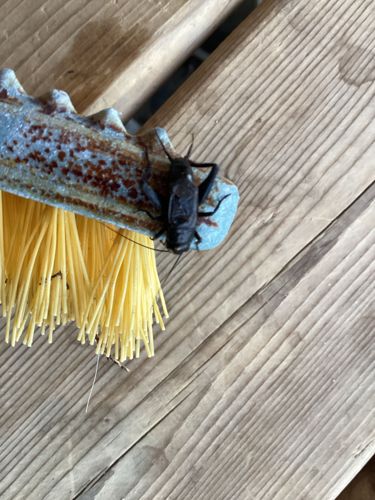Field Cricket
Scientific Name: Gryllus (e.g., Gryllus pennsylvanicus, Gryllus assimilis)
Order & Family: Order: Orthoptera, Family: Gryllidae
Size: Typically 15-30 mm (0.6-1.2 inches) in length.

Natural Habitat
Field crickets are commonly found in grasslands, fields, lawns, gardens, and undisturbed natural areas. They prefer areas with good ground cover where they can find shelter.
Diet & Feeding
Omnivorous. Field crickets primarily feed on decaying plant matter, young seedlings, seeds, and fungi. They may also consume small insects or their larvae, showing opportunistic predatory behavior.
Behavior Patterns
Field crickets are primarily nocturnal, spending their day sheltered in cracks, under rocks, or other dark, cool places. Males are well-known for their chirping sounds, produced by rubbing their wings together (stridulation), to attract females. Females lay eggs in the soil, and the nymphs hatch and mature over several molts. They are generally solitary but can be found in groups, especially near abundant food sources.
Risks & Benefits
Potential risks include damage to garden plants and agricultural crops in large numbers. Indoors, their chirping can be a nuisance, and they may chew on fabrics. Benefits include serving as a food source for various predators (birds, reptiles, small mammals) and contributing to decomposition of organic matter.
Identified on: 8/31/2025